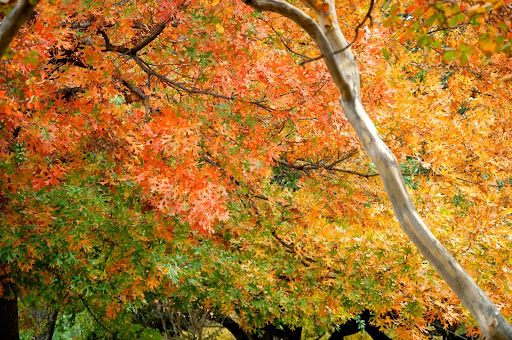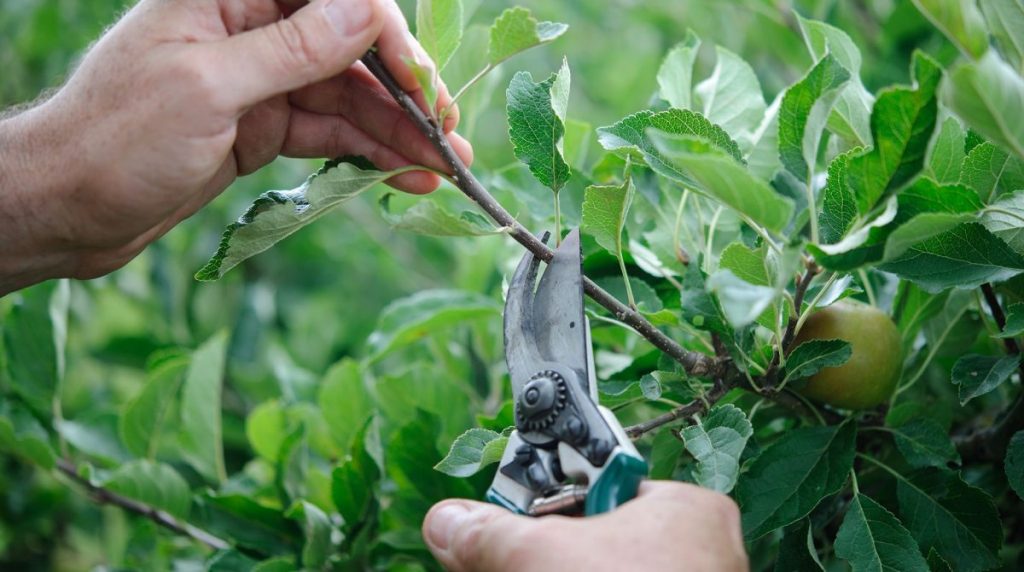
Date August 15, 2024
Trees add beauty, shade, and value to properties in Dallas, Texas, but they also come with potential risks. With the region’s diverse weather patterns, including intense heat, strong winds, and occasional storms, it is crucial to implement effective tree risk management strategies. This article outlines key methodologies for identifying potential hazards and mitigating risks to ensure the safety and health of trees and property.
Tree Risk Management Strategies
Image via Unsplash by Dan Dennis
Effective tree risk management involves proactively identifying and addressing potential tree hazards before they become serious. For property owners in Dallas, this means regularly assessing the health of their trees and taking preventive measures to reduce the risk of damage. Incorporating professional advice, routine maintenance, and informed decision-making can help safeguard properties from tree-related incidents.
Identifying Potential Hazards
The first step in managing tree risk is identifying potential hazards. This involves thoroughly inspecting the trees to spot signs of instability or disease. Key aspects to consider include:
- Tree structure: The tree should be examined for any signs of weakness, such as large, heavy branches that could break off, or signs of leaning that might indicate an unstable root system. Any significant cracks or splits in the trunk can signal internal damage.
- Root health: Roots that are exposed or have been disturbed by recent construction, soil erosion, or other causes can compromise the tree’s stability. In Dallas, the region’s clay soils can also impact root health. Property owners should look for signs of root girdling or disease.
- Canopy and branches: Dead or dying branches in the tree’s canopy are more likely to fall during storms or high winds. Overhanging branches could potentially cause damage to structures or power lines.
- Pests and diseases: Evidence of pests or diseases could weaken the tree. Common issues in Dallas include insect infestations or fungal infections, such as the oak wilt pathogen.
Ways To Mitigate Risk
Once potential hazards are identified, it is essential to take steps to mitigate risks. Here are some effective strategies:
- Professional inspections: A certified arborist can provide a comprehensive tree inspection. They can identify risks that may not be immediately visible and provide professional advice on treatment or removal.
- Regular maintenance: A regular tree maintenance schedule, including pruning to remove dead or dangerous branches and to improve the tree’s overall structure, is vital.
- Tree support systems: In cases where trees show signs of instability but are otherwise healthy, tree support systems such as cabling and bracing can prevent the tree from falling or sustaining further damage.
- Storm preparation: Securing loose branches and ensuring that any fallen leaves or debris are cleared away to prevent clogging drainage systems helps prepare for severe weather.
Tree risk management is a crucial responsibility for property owners in Dallas due to the region’s unique weather conditions and soil characteristics. Regular tree inspections to identify potential hazards and implement effective mitigation strategies can significantly reduce the risk of tree-related damage. For help mastering the art of tree risk management, give us a call at TreeNewal. Our ISA-certified arborists have the skills and tools to help your trees thrive.









